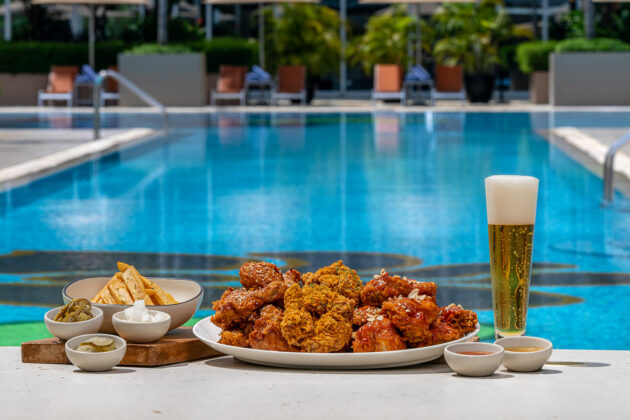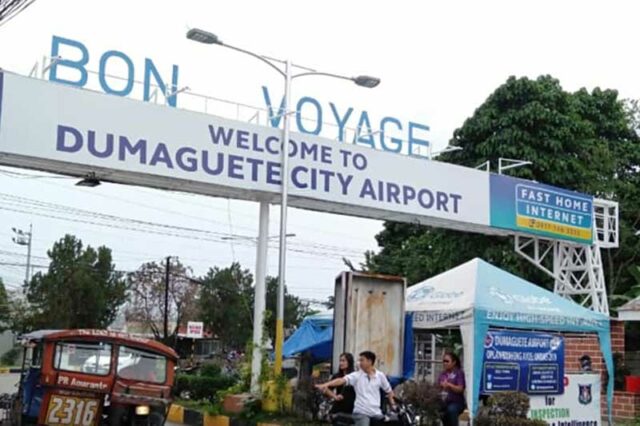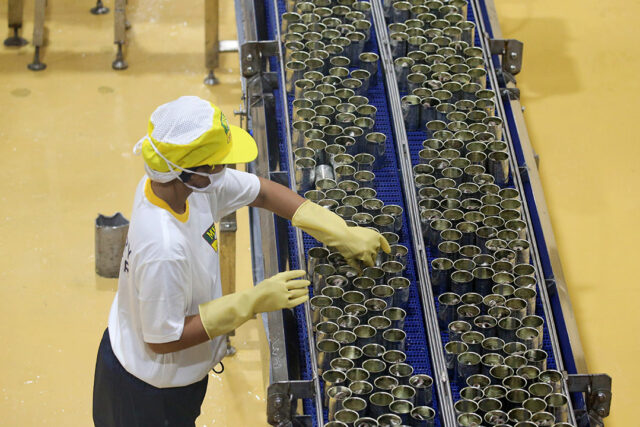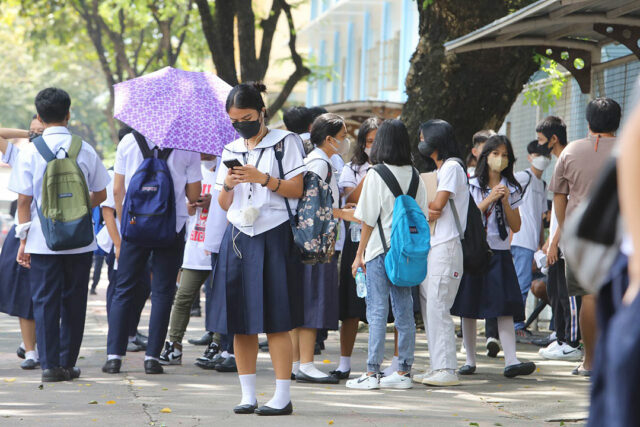Dining In/Out (08/08/24)
Seasonal specialties at City of Dreams
CITY of Dreams Manila’s signature restaurants highlight seasonal specialties this August, including selections from Japanese, Malaysian, and Cantonese cuisines. Nobu Manila’s Omakase tasting menu, which changes quarterly, has changed again. From now until September, a seven-course dinner menu begins with a chef’s choice of zensai (appetizer), followed by the first course of ika (squid) with capsicum jelly caviar and crispy onion. Salmon with calamansi salsa and crispy shitake mushrooms, and a seasonal selection of assorted sushi served together with Shrimp Ball Soup come after. A serving of White Fish Tataki Salad with shaved root vegetables and drizzled with garlic sesame vinegar comes before the fifth and sixth course of Pan-seared Sea Bass with charred pechay, gin-and-ginger sauce and shitake mushrooms, and Wagyu Striploin with aka (red) miso risotto, snap peas and soy-mirin reduction. The last course of Vanilla Cheesecake Mousse with mango gelee, almond dacquoise, kinako (roasted soybean) tuile, and mixed berry sorbet provides a sweet finish to the meal. From Aug. 12 to 31, A Feast of Canton reigns at Crystal Dragon at Nüwa Manila. This is a themed a la carte menu of select Cantonese specialties. The rich flavors of Malaysian cuisine take centerstage at Red Ginger, City of Dreams Manila’s Southeast Asian bistro and bar, with the Makan Makan promotion running until the end of August. Meanwhile, Jing Ting, the integrated resort’s restaurant specializing in Northern Chinese cuisine, highlights Old Peking Specials until Aug. 31. For inquiries and reservations, call 8800-8080 or e-mail CrystalDragon@cod-manila.com. For more information, visit www.cityofdreamsmanila.com.
Solaire goes K-Fried Chicken
WATCH out for the ChiMac Festival happening on Sept. 7 at the Grand Ballroom of Solaire, which starts at 5 p.m. The festival includes Korean dishes and performances by DJ Kara and The Itchyworms. Savor Korean comfort food with ChiMac, a combination of “chicken” (chi) and “mac” (beer) in Korean. Start the feast with a variety of Tteokbokki flavors, kimbap, and kimchi, then Korean-style sausage or skewered fish cake soup. Visit the Korean pancake station to enjoy buchimgae with choices like kimchi, potato, seafood, zucchini, or shiitake mushroom. Then try fried Korean snacks such as fried dumplings, sausage and rice cake skewers, and sweet and sour fried chicken balls. At the Korean noodles station, choose from three types of noodles with a choice of kimchi, sweet and sour, or deep soy sauce. The Korean hot station features chicken skewers, herb marinated fresh pork belly (samgyupsal) skewers, bulgogi, and braised spicy pork ribs. No ChiMac festival is complete without South Korean fried chicken. Pair it with Korean beer and join the festivities which include a chicken and beer drinking contest, and a beer pong tournament. There will be other activities like a traditional hanbok dress experience and photoshoot. The evening will be hosted by Miss Korea Philippines 2018 and Korean Philippine TV personality, Shine Kuk. Call 8888-8888 or e-mail chimacfestival@solaireresort.com to save a seat.
The Whisky Library has new cocktails
THE WHISKY LIBRARY is celebrating its first anniversary with the launch of a brand-new cocktail menu, with concoctions inspired by a famous work of art. “True to the spirit of The Whisky Library, pun intended, we want the new menu to read like an actual book. It is hefty, we really had fun coming up with the drinks we think everyone can enjoy,” said Newport World Resorts Chief Marketing Officer David Jorden in a statement. “The new menu effectively replaces the previous cocktail menu, Volume 1, that was inspired by famous movies and movie stars… For this edition, we separated the menu into different chapters, each representing a different flavor profile of cocktails.” The Cocktail Menu Volume 2 lists 25 signature cocktails and four mocktails across seven chapters: Tropical & Lively, Soft Sour & Spice, Bright & Refreshing, Decadent & Indulgent, Bold & Adventurous, Shared & Experienced Together, and Flavorful & Non-Alcoholic. Visit www.newportworldresorts.com and follow @newportworldresorts on Facebook, Instagram, and TikTok for more details.
Taco Bell is now cheesier
K announces the launch of the Triple Cheese collection. Each item in the Triple Cheese lineup is crafted with a mix of cream cheese, cheddar cheese, and mozzarella. These include the Triple Cheese Quesadilla (P159), the Triple Cheese Core Burrito (P199), and the Triple Cheese Crunchwrap (P199). The Triple Cheese collection is available until Sept. 30 at Taco Bell branches for dine-in and takeout, as well as apps Grabfood, Foodpanda, and Pickaroo. Check a list of operational branches at www.tacobell.com.ph/locations.


















